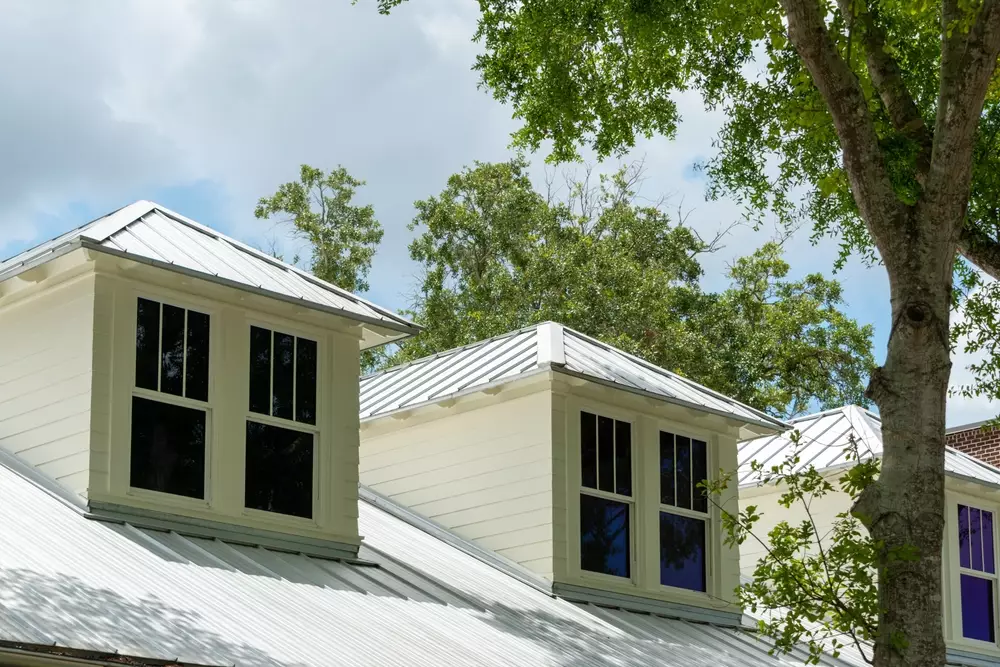Trees are often seen as valuable assets in our environment, providing shade, enhancing aesthetics, and offering numerous ecological benefits. However, there are instances when trees, particularly those located in close proximity to homes, are considered a potential threat. While it may seem logical to remove these trees for safety reasons, it is crucial to consider the potential dangers associated with their removal. At Hagan & Sons, we have removed more than our fair share of trees close to homes, and we wanted to talk about some of the dangers and negative aspects associated with doing so.

Destabilization of Soil
One of the primary dangers of removing trees close to homes is the destabilization of soil. Tree roots play a vital role in anchoring the soil, preventing erosion, and maintaining its stability. When a tree is uprooted, the soil around it becomes vulnerable to erosion, especially during heavy rainfall or strong winds. The absence of tree roots can lead to soil displacement, creating a risk of slope instability and potential damage to nearby structures.
Disruption of Natural Drainage
Furthermore, removing trees can disrupt the natural drainage patterns of an area. Trees help regulate water flow by absorbing rainfall and reducing the amount of runoff. With the removal of trees, the capacity of the land to absorb water decreases significantly. This can result in increased water runoff, which may lead to flooding and property damage. Additionally, the removal of trees can negatively impact groundwater recharge, potentially affecting local water sources.
Loss of Shade
Another danger of removing trees close to homes is the loss of shade and cooling effects. Trees provide natural shade, reducing the amount of direct sunlight that enters a building. This not only helps in keeping the temperature inside the home cooler but also reduces the need for excessive air conditioning. By removing trees, homeowners may experience increased energy consumption and higher cooling costs, particularly in hot climates.
Trees Help With Storms
Moreover, trees act as natural barriers against strong winds and storms. They help reduce the impact of wind on buildings by breaking its force and redirecting it. Without the protective shield of trees, homes become more vulnerable to wind damage, such as roof uplift or even structural failure. Trees can also serve as a buffer against noise pollution, absorbing and deflecting sound waves, which contributes to a quieter and more peaceful living environment.
Trees Are Good for Our Health
In addition to the environmental and structural risks, the removal of trees can have negative impacts on human health. Trees play a crucial role in improving air quality by absorbing pollutants and producing oxygen. They act as natural filters, reducing the presence of harmful particles and pollutants in the air. Removing trees near homes can diminish air quality and potentially increase respiratory issues for residents, especially in areas with high pollution levels.
Work with a Professional Maryland Tree Removal Company
It is important to note that not all trees pose an immediate danger to homes. Prior to removing a tree, it is advisable to consult with professional arborists or tree experts who can assess the tree’s health, stability, and potential risks. In some cases, preventive measures such as pruning or bracing may be sufficient to mitigate risks and preserve the benefits that trees offer. To learn about all of the services we offer at Hagan & Sons, give us a call at (410-876-2143), or you can send us a message online.
